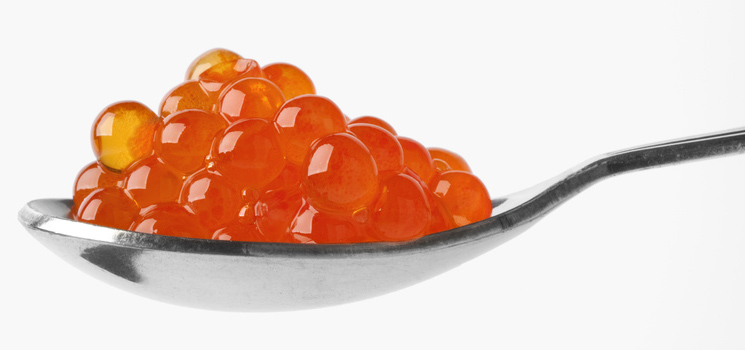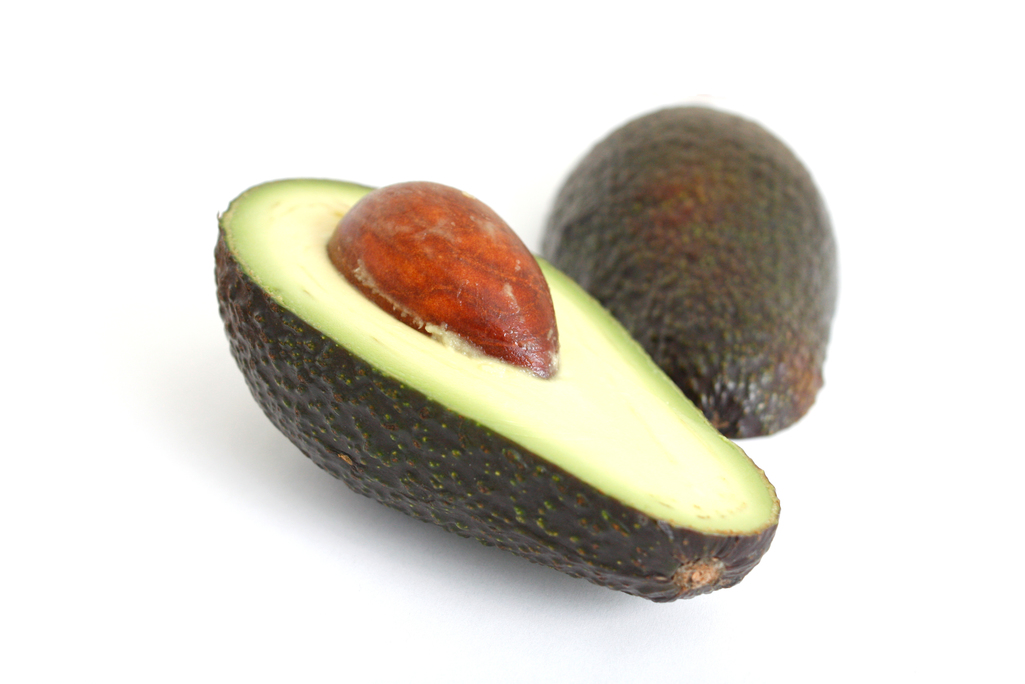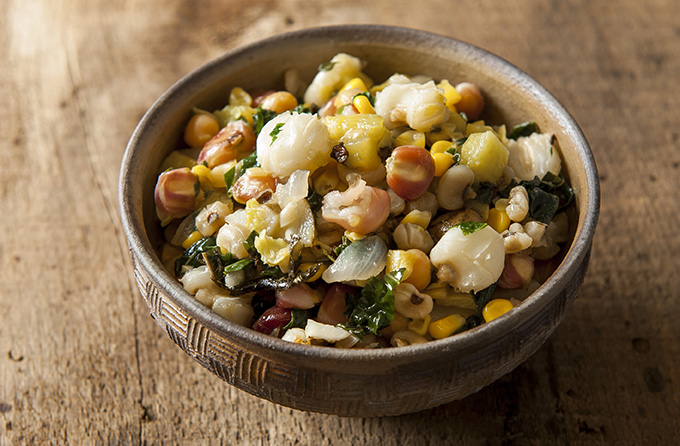Catersource magazine’s annual State of the Industry feature, now in its fourth year of reporting, identifies key areas of focus for caterers in anticipation of its Catersource Conference and Tradeshow. In this final section of the full feature, Catersource looks at trends in food and beverage for 2019.
(See part 1 here , part 2 here, part 3 here and part 4 here, part 5 here.)
“Macro-cultural trends are driving the food and beverage industry,” said Charles Banks, director and co-founder of The Food People, in August 2018. Banks pointed to five social and cultural drivers that are currently impacting the way consumers interact with food and are driving our 2019 global food and beverage trends, with the trend of “Consideration” essentially ground zero for the other four. Consideration speaks to the importance of neding to take time to decide what we want and what we believe in, and how critical it feels for our personal, physical, and social survival.
Falling into step with these five are 11 mega trends, followed by a host of relevant subtrends.
Trends, trends, trends—ack! Can you ever keep up? Well, Catersource is here to help you. We are quite in agreement with Banks’ assessment, based on all other F&B research gathered throughout the year. Let’s take a look:
Infinite possibility
This is the expectation we have when science meets the natural world, such as with laboratory grown meats. The Impossible Burger and Beyond Burger are great examples of this partnership.
In the realm of Infinite Possibility comes trends such as the Health Movement (gluten free; food as medicine to improve gut or memory health, for example; protein powders), Respecting the Land (curbing waste; hyper locality; sustainable seafood), and the Plant-based Revolution (elevated vegan; dairy-free; and vegetable as center of the plate).
Baum-Whiteman, international food and restaurant consultants, called plant-based dining the trend of the year for 2018, but noted that restaurants “are way behind the curve.” Says the company, “We’re looking at a food industry divide…where plant-based products [are capturing] increasing shelf space in supermarkets but (so far) little space on restaurant menus.” Presumably, this could also point to catering menus as well.
And yet, there is another divide facing the plant-based revolution: much of what we see in mock, imitation, and faux products are also processed. How do consumers reconcile their call for faux burgers that bleed and moo-free dairy with the word processed? To eat meat-free may fulfill a personal pledge regarding the killing of animals for consumption, but it does not necessarily mean one will eat entirely healthfully.
And then there is CBD. “This is no joke, it’s dead serious,” said Jet Tila. “In the plant, there’s the stuff that makes you feel really funky and then the stuff that helps relieve inflammation. I can’t tell you how many people I know that are switching over [to CBD] from all kinds of different drugs for pain medicine and brain medicine. The next 12 months you’re going to see it all over the news.”
JJ McKay, founder and publisher of The Fresh Toast concurs. “It won’t cure cancer, but what it does do is make an incredible difference on the symptoms: inflammation, Parkinson’s, MS, chemo, weight issues. And Millennials and Gen Z are seeing it as a safe alternative on campus: you can control your high, you don’t have to worry about being overserved, and you can monitor all night how buzzed you want to get. No one has died from an overdose of cannabis.”
Legalized marijuana is shifting the occasion and there is still time to get ahead of the game. If cannabis is legal in your state, the time is now to determine how you will include it within your event packages or even within your food, and whether alcohol can be served in tandem.

What to watch for: CBD, turmeric, kombucha, ginger, apple cider vinegar, cacao + healthful foods in vending machines, vegan meat balls, pulled jackfruit, crucipherous vegetables, mushrooms, artichokes, avocado, eggplant, rainbow trout roe and sturgeon caviar + zero waste packaging, recycling, deliveries made in reusable and returnable crates and packages, more zero waste events, root to stem vegetables, bone marrow and broth.
Egocentrism
Under egocentrism, food is weighed against our own personal criteria, how it enhances our social profile, and even the sensorial, emotional, and spiritual value food engenders.
Associated trends speak to Everyday Elevation (posh junk food; new ways to present avocado toast; fancy food in a more casual atmosphere), The Whole Experience (immersive dining; dual purpose restaurants and coffee shops; small and exclusive events), and Unexpected Elements (unusual meats, edible insects, temperature experimentation).
While Instagram sensation “@ChefJacquesLaMerde” and his plates of hopped up and beautifully plated junk food has long been revealed and laid to rest, the posh junk food trend is sticking around for awhile.

What to watch for: posh junk food such as lobster topped pizza or hot dogs topped with foie gras, candy-rimmed glassware for mocktails, elevated avocado toast garnished with flowers or watermelon radish, chevre, fish and chips using sustainably harvested product + incredible food in unlikely places such as convenience store sushi and coffee shop caviar toast, flour made from insects such as crickets, or bugs as a garnish, zang zang bao + food temperature anomalies:
Selflessness
Almost the complete antithesis to egocentrism, is the need to care about the plight of the planet and its people.
Selflessness points to trends such as Age-old Techniques (raw and fermented foods, exotic BBQ), Zoning In (specific food cultures and localities), and Historical Dining (Indigenous and other bygone cuisines).
“We have been charting Mediterranean, Middle Eastern, and North African cuisine,” said Jet Tila in Q32018, “but the big leader has been Israeli, right? From falafel to za’atar—coast to coast, man. It checks a lot of the food trend boxes; it’s vegetarian. Shakshouka? Sumac? Hummus 2.0 is coming.”
But a forgotten and buried North American cuisine is on the rise, speaking to the trend toward historical dining. Says Sean Sherman, the James Beard award-winning chef who works entirely with indigenous cuisine, “We think we can offer a more authentic sense of real American food, helping everyone to understand the backbone of the land and how people lived for thousands of generations before Europeans ever showed up. We’re celebrating our wonderful diversity from an indigenous perspective.”

Three Sisters Mash from Chef Sean Sherman, The Sioux Chef. Photo courtesy Mette Nielsen
What to watch for: zhug (the new sriracha), Pakistani street food, Mumbai-inspired cuisine, Native American cuisine
Trust
In the past, we have trusted institutions and big business; but now skepticism and cynicism reign. We are looking for comfort and security, even a sense of nostalgia from the companies we engage with.
Under the banner of Trust falls Fluid Eating (small plates; breakfast anytime) and Aesthetic Appeal (florals; goth (or black) food; naturally colorful food).
Highly Instagrammable, the trend in black food is unstoppable. Charring, burning, and flaming in restaurants and off premise hold much appeal, and breakfast around the clock is rising ever higher in the preferences of consumers, thanks in part to its beginnings in the chicken and waffle trend (also riding high).

What to watch for: Floral scent infusion, edible flower garnishes, rosewater, black ice cream, charcoal as an ingredient (this also plays into health), charring and burning, squid ink, + the absolute opposite when creating exceptionally colorful dishes
A word about alcohol free & responsible consumption
Non-alcoholic cocktails and low ABV beverages have been trending for some time, but nowhere was it more heralded than at Tales of the Cocktail 2018, an event that celebrates all things spirits. William Grant & Sons, with a portfolio that includes Reyka Vodka and Hendrick’s Gin (to just scratch the surface), customarily hosts an over-the-top spirit-loving event of epic proportions each July, for about 1,000 industry leaders and press. In 2018, however, its three-hour event was absolutely stone cold sober.
Said William Grant director of brand advocacy, Charlotte Voisey, “I think this will be part of a trend where alcohol-free will just become better. I hope that this party is an educational moment for bartenders, so that they are exposed to what non-alcoholic cocktails can be.
“From a consumer point of view, whether it’s a year or two years from now, they’ll start to notice that a spirits-free drink is not just a virgin mojito or ‘this juice with that juice’. There are sophisticated beautiful spirit-free cocktails that you can enjoy without stigma.”
In Q3 chef Kathy Casey, The Liquid Kitchen, noted, “Carefully considered and thoughtfully designed beverages narrow the gap between nonalcoholic and more spirited beverages—creating decidedly adult non-alcoholic options.”
“Menuing creative nonalcoholic beverage options can present a big opportunity for operators,” said Chef Darren Belnavis, Hershey Foodservice. “Today’s younger consumers are looking for new unique beverages and signature mocktails. Using nostalgic ingredients can be a great way to create excitement and incremental sales opportunities. Some ideas include rimming a martini glass with colorful chopped candy pieces, or drizzling a cold martini glass with chocolate syrup, creating excitement and taking a basic nonalcoholic beverage option to the next level.”
The shift toward “new sobriety”—where less is more is driven by lifestyle and social dynamics has also given rise to “Dry July” and other alcohol-free initiatives. Binge drinking is on the decline, as is drinking to disconnect from life, and yet, agreed beverage industry experts, “younger consumers who are drinking less choose higher quality options that elevate the experience.”

Learn more at Catersource
Catersource and the Art of Catering Food will be pulling out all of the stops in providing you with the most timely trend information available. Go to schedule.catersource.com and click on the tracks for Food & Beverage and Art of Catering Food. Prepare to be blown away.



